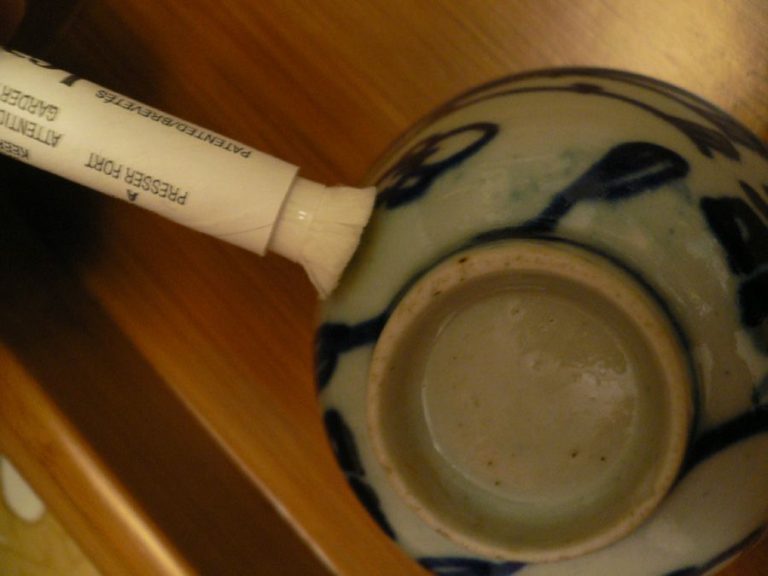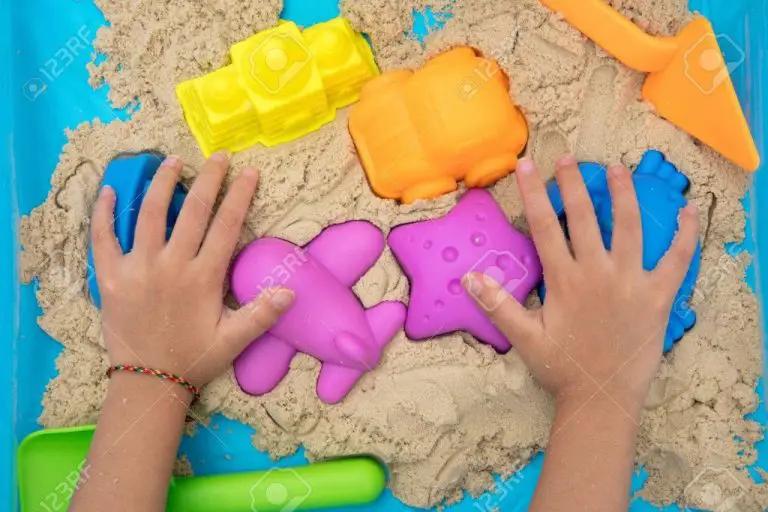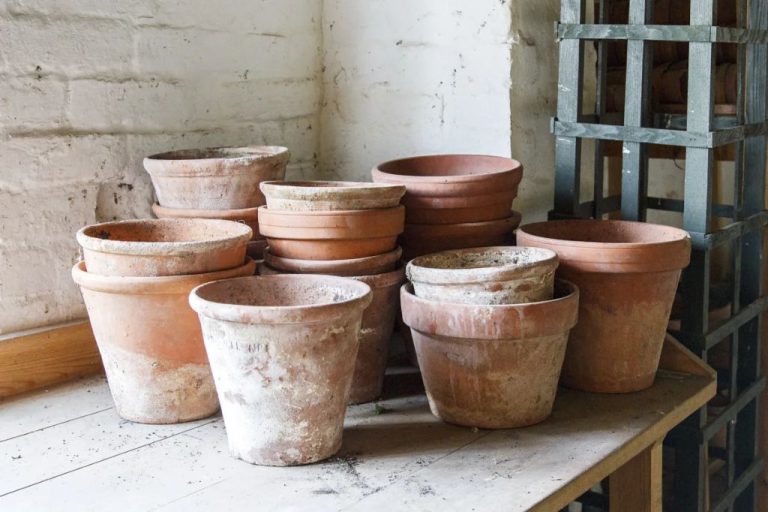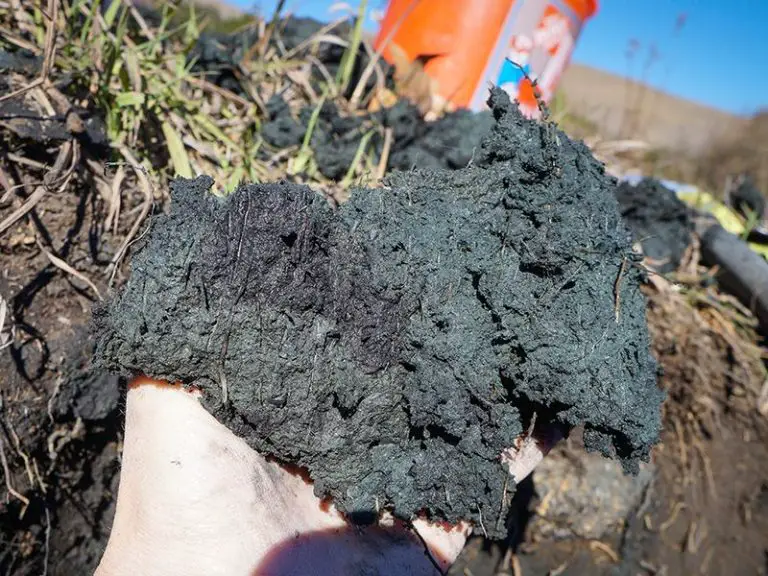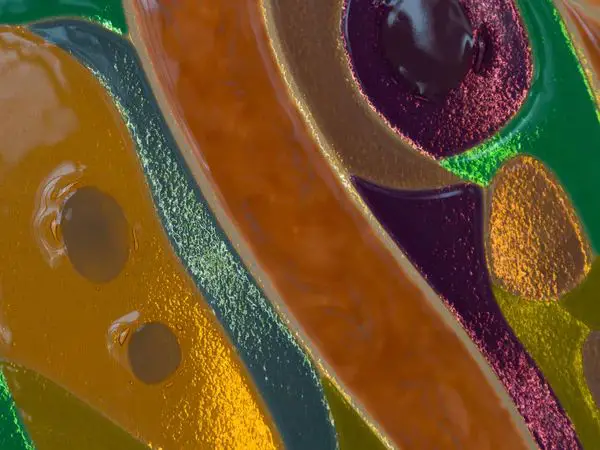Is Fiestaware Worth It?
Fiestaware is a line of classic American dinnerware that has been in production since 1936. The iconic dishes were first created by Frederick Hurten Rhead for the Homer Laughlin China Company. Rhead designed Fiesta to be affordable, fun, and colorful dinnerware for the average American family. The bright colors and art deco styling made Fiesta an instant hit. Over the decades, Fiesta dinnerware has gone in and out of popularity but it remains an iconic example of midcentury design.12
Fiestaware Today
Fiesta dinnerware is still produced and sold by The Homer Laughlin China Company. Today’s Fiesta collections include a wide variety of dinnerware and serveware items in both classic and contemporary colors and patterns (FiestaFactoryDirect.com).
Current Fiestaware collections include a range of dinnerware like plates, bowls, mugs, and more. Fiesta also offers serveware like platters, pitchers, and serving bowls. Bakeware, kitchen accessories, and glassware are also available (FiestaFactoryDirect.com).
Classic Fiesta colors like scarlet, ivory, turquoise, cobalt, and lemon are still in production today. Newer colors include sunflower, poppy, daffodil, peacock, and more. Retired colors like forest green and tangerine are popular with collectors. Fiesta patterns include solid colors as well as more ornate designs like floral and stripes (FiestaFactoryDirect.com).
Manufacturing Process
Fiesta dinnerware has been manufactured in America since its inception in 1936. Today, all Fiesta dinnerware is made in Newell, West Virginia at The Homer Laughlin China Company factory. This factory has produced Fiesta dinnerware for over 80 years.
The process begins with mixing raw materials like clay, feldspar, silica and alumina. These natural ingredients are combined with water and put through a filter press to remove excess water. The mixture is then compressed into a slab and shaped using plaster molds. Excess clay is trimmed off and the pieces are dried before going through a bisque firing at over 2,000°F. After inspection, the bisque ware pieces are glazed and decorated before a final glost firing at over 2,400°F. The high temperatures melt the glazes into a smooth, ceramic coating.
Strict quality control checks are performed throughout the entire production process. All Fiesta dinnerware is also lead-free and made in the USA.
(Source: https://fiestafactorydirect.com/pages/faq-dinnerware)
Quality & Durability
Fiesta dinnerware is widely known for its durability and ability to withstand daily use. The dinnerware is made from high-fired glazed vitreous china (Fiesta). This material makes Fiesta resistant to chipping, breaking, scratching, and cracking. Fiesta pieces are solid colors throughout, so even if they do chip, the color remains consistent.
In durability testing, Fiesta withstood repeated drops on the floor over a one month period with minimal damage (USA Today). The thick glaze provides added strength against cracks and chips. Fiesta backs their dinnerware with a 5-year chip-resistant warranty (The Spruce Eats).
Fiesta dinnerware is dishwasher, microwave, oven, and freezer safe, making it highly durable for daily use. With proper care, Fiesta ware can last for decades, which contributes to its popularity among collectors.
Design Aesthetic
Fiesta dinnerware is known for its iconic, retro look featuring vibrant colors and fun, geometric patterns. The dishes have a simple, art deco style inspired by the aesthetics of the 1930s when Fiesta was first introduced. According to Fiesta® Dinnerware Introduces New Designs, Pieces …, the original Fiesta collection designed by Frederick Hurten Rhead featured iconic concentric circles in colors like bright red, cobalt blue, yellow, light green and ivory. Over the years, Fiesta has continued releasing new colors and patterns including popular vintage ones like Promenade and Disk as well as more modern geometrics and florals.
Part of Fiesta’s appeal is the wide variety of mix-and-match colors and patterns available. Currently, Fiesta offers over 50 distinct colors and 15 different patterns allowing people to customize their tablescape. From solids to stripes, florals and more, Fiesta’s patterns are inspired by styles from Art Deco to Mid-Century Modern. Vintage pieces especially are prized for their retro charm. The brand also frequently releases new colors and patterns, like new floral Jinxy and geometric Ringo designs unveiled in 2022, to keep the line fresh and exciting for collectors.
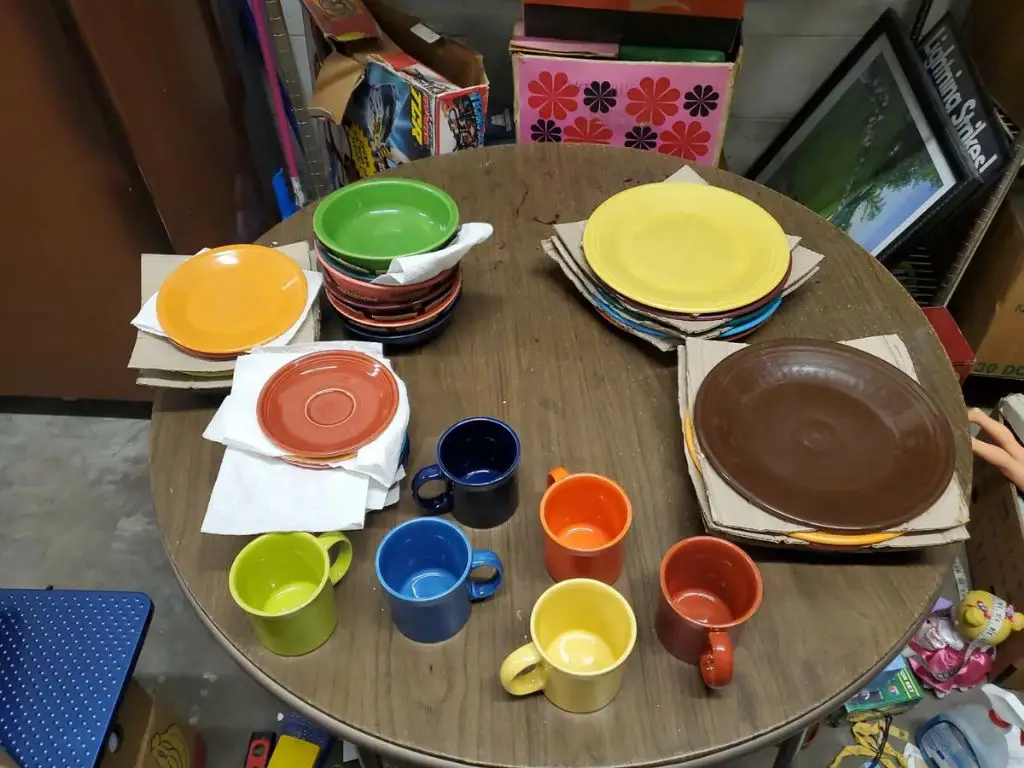
Price
Fiestaware is mid-range in terms of dinnerware pricing. A 5-piece place setting (dinner plate, salad plate, bowl, cup, and saucer) costs around $50-$60 at retail price from the Fiesta Factory Direct website, though prices vary by color and style. Individual accessory pieces like mugs, butter dishes, and serving platters range from $10-$50 depending on the size and style.
Compared to other popular dinnerware brands, Fiestaware is very competitively priced. For example, a 5-piece place setting from Corelle costs around $60, while a set from Mikasa can cost $120 or more. Though not the absolute cheapest option, Fiestaware offers better quality and design than basic brands like IKEA for a reasonable price point.
On the secondary collectibles market, vintage Fiestaware pieces can sell for much higher prices depending on rarity, color, and condition. For example, a single teapot in a rare color like cobalt blue can sell for over $100. However, most vintage day-to-day pieces sell in the $10-$50 range. More at https://www.happyheidi.com/antiques/Fiesta-Price-Guide.html.
Collectability
Fiesta dinnerware has become highly collectible over the years, especially vintage and rare pieces. According to the Fiestaware Collector’s Group on Facebook, Fiesta production was halted from 1973-1985, making dishes from that time period more scarce and valuable to collectors. Limited edition Fiesta collections are also coveted by collectors. Some of the most valuable include the scarce radioactive red Fiesta made from 1936-1943, Ivory Fiesta from 1959-1969, the Fiesta Harlequin pattern, and discontinued colors like cobalt blue, forest green, and gray.
Because of the popularity among collectors, Fiesta dishes can sell for quite a bit more than their original retail price. For example, a single Ivory creamer might sell for $145, while a full set can go for over $2,000. On eBay,
individual Fiesta plates from the 1960s-70s can easily sell for $50-100 each. Full vintage place settings and rare pieces like teapots and covered casserole dishes can fetch hundreds or even thousands of dollars. So for vintage or limited edition Fiesta dishes, the collectability and resale value makes them well worth the investment.
Alternatives
While Fiestaware remains popular, there are several alternative dinnerware brands to consider such as Corelle, Le Creuset, and Gibson. The Wirecutter reviewed various dinnerware sets and recommended Corelle as an affordable and durable option.
Corelle is made from Vitrelle glass that is lightweight yet very resistant to chipping according to reviewers. The three layer glass construction helps protect it from cracks and breaks. Corelle costs about 50% less than comparably sized Fiestaware dinner sets. The downside is that Corelle comes in more basic white and solid color options, lacking the bright pops of color and art deco styling Fiestaware is known for.
Le Creuset is a French brand known for their colorful enameled cast iron cookware. They also make a line of stoneware dinnerware that competes with Fiestaware in terms of bold colors and modern styling. Le Creuset dishes feature a glossy enameled surface that resists scratching and staining. However, at nearly twice the price of Fiestaware, Le Creuset is a significantly more expensive option.
Fiesta collaborates with fashion labels like Tory Burch and designers like Jonathan Adler on limited edition dishware. However, these special collections demand premium pricing. For more budget friendly basics, retailers like Gibson offer Fiestaware aesthetic at lower cost. While build quality lags Fiestaware, frugal consumers may find the savings worth it.
Is Fiestaware Worth the Cost?
When evaluating whether Fiestaware is worth the cost, there are several pros and cons to consider:
On the pro side, Fiestaware is known for its high quality and durability. The dishes are made from durable vitreous china that resists chipping, cracking, and breaking even when dropped from counter height (https://www.usatoday.com/story/money/reviewed/2021/07/30/we-tried-fiestaware-and-heres-what-we-think/5432013001/). The bright, colorful glazes are specially formulated to be chip and scratch resistant. Fiestaware owners report using their dishes for decades with little wear and tear.
In addition to durability, the wide range of fun, mix-and-match colors is a major plus for Fiestaware. With over 50 colors produced since 1936, collectors appreciate being able to find both vintage and current pieces to complement their existing sets.
On the downside, Fiestaware is more expensive than mass market brands like Corelle or IKEA. A 5-piece place setting can cost $50-70, andcompleter sets are $200 or more. The weight of the vitreous china also makes Fiestaware heavier than typical dinnerware.
However, fans argue that the higher cost is justified by the dishes’ longevity and ability to become family heirlooms. The bold colors and retro-chic style give Fiestaware enduring appeal. Many reviewers say that despite the cost, they reach for their Fiestaware for daily use and special occasions, as the dishes bring joy and elevate any meal.
For those seeking colorful, durable dinnerware with vintage appeal, Fiestaware delivers excellent value. With proper care, these dishes can serve families for decades or generations, making Fiestaware a worthwhile investment for many households.
Conclusion
So is Fiestaware really worth the price? After considering the brand’s rich history, top-notch quality, timeless style, and collectability, the answer is a resounding yes for most buyers. While Fiestaware is certainly an investment, few dinnerware brands can compete when it comes to beauty, durability, and enjoyment. With proper care, your Fiestaware purchases will become family heirlooms to treasure for generations.
In the end, it comes down to personal preference. For those who appreciate American-made craftsmanship and want dinnerware that makes a statement, Fiestaware is absolutely worthwhile. For budget-conscious buyers or minimalists, other options may suit better. But for many, from first-time buyers to avid collectors, Fiestaware offers an unparalleled value that pays dividends for years to come.


